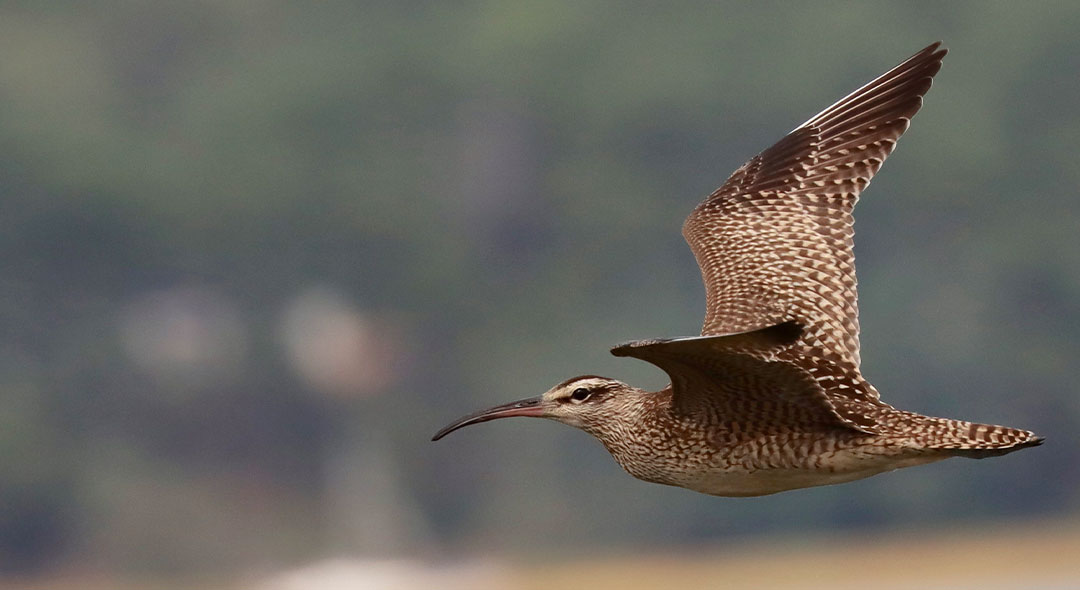The overall downward trend in counts of shorebirds appears to be reversing since the start of targeted conservation efforts in the late 1990’s, according to almost 40 years of data from the International Shorebird Survey.
In 1974, Manomet’s Brian Harrington organized the International Shorebird Survey (ISS), coordinating hundreds of teams of dedicated volunteers conducting field surveys during spring and fall migrations and analyzing the data to discern important trends for shorebird populations.
This citizen-science approach has been immensely successful. With modest financial resources, the Survey has contributed reliable data on shorebird populations for nearly 40 years, with over 80,000 surveys carried out at more than 2,000 locations across the United States. Volunteers have recorded more than 85 million shorebirds. The program is still run from Manomet’s headquarters in Plymouth, MA.
With the companion Atlantic Canada Shorebird Survey, the International Shorebird Survey has become among the most significant sources of monitoring information for shorebirds in North America.
Recently, Manomet staff have standardized the data, incorporated it into online recording system “eBird” and made it available to researchers and the conservation community. In 2010, Manomet collaborated with statistician Paul Smith to analyze the data and provide up-to-date assessments of shorebird population status. These analyses provide trend information for 41 species of shorebirds (80 percent of those regularly occurring in North America) for the period 1974-2009, where previous analyses provided trends only through 1998.
Analysis of the ISS data demonstrate that shorebirds continue to face significant conservation challenges.
Although ongoing declines for many species warrant concern, the analyses also suggest some reasons for optimism. Results for all shorebirds combined suggest that the troubling declines observed through the 1990s may have slowed, perhaps in part due to ongoing efforts by Manomet and others to conserve shorebirds and their habitats throughout the Western Hemisphere.
Five species were found to be increasing significantly in abundance. These include the American Oystercatcher, which has been the subject of significant management efforts, and the Semipalmated Plover, which was not previously understood to be increasing.
Despite these encouraging trends, the estimates also suggested that declines were ongoing for 23 species. The declines were statistically significant for five of these species, including some already noted to be of conservation concern, such as the Red Knot and Long-billed Curlew, and also some species such as the Black-bellied Plover for which there was previously no specific conservation concern.
The International Shorebird Survey represents the largest-scale annual survey for shorebirds in North America, and is a demonstration of how volunteers can contribute to monitoring and conservation in a meaningful way. By tracking the status of these important and, in many cases, declining populations, we provide resource managers with critical insights into the species and regions where conservation action is most urgently needed.
While the new evidence that some populations may be improving is very encouraging, the conservation efforts underway must be strengthened to support the recovery of species starting to do better, and we need urgent conservation actions for the species that continue to show serious declines.
For more information on the International Shorebird Survey, visit http://ebird.org/content/iss/.





 Back to all
Back to all